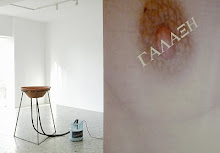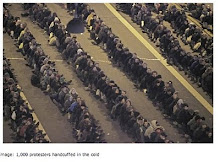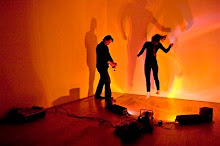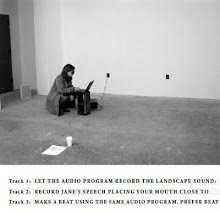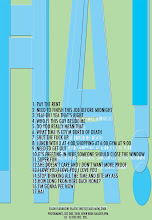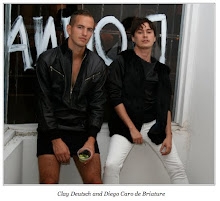
April 19 – Mai 17, 2015
There is an old story that gets told in North America about an Eskimo who has thirty-six different words for snow. It probably isn’t true. But I am more interested in what the story is about than whether or not it is true. What are people trying to communicate when they tell this story? What do we talk about when we talk about Eskimo snow argot? What are we saying about language and about how it relates to every day behaviors? The simple response would be, presumably, that Eskimos have a great deal more experience of snow than non-Eskimos do, and so they have developed a highly sensitive faculty of taste in the matter of snow; they can distinguish between different kinds of snow with a specificity that boggles our own less-experienced minds. Because we lack this language to describe winter precipitation, each of our experiences of snow are, pardon me, rolled up into one word: snow. Even as we understand that there is a big difference between a few, small, gently sifting flakes and driving streams of sleet and large casual floaters that vanish before the dawn.
We understand these differences, but when we try to remember them, we find that we don’t have the tools. Or we have to supplement endlessly the one tool we have; “It was snowing, and the snow was x, y & z.” This, rather than saying simply “It was x-ing;” where ‘x’ is one of these other, more specific terms for snow, the way that ‘broil’ is more specific than ‘cook.’ As a result, our vision of the past doesn’t account for a great deal of our experience and much of our life-with-snow goes unrecognized and unrecorded, which is almost the same thing. I’ve been thinking about this lately because I’ve been losing my languages. I wake up and go down to the workshop and reach for my oldest words, my tools, and they are not there. The equipment with which I have hitherto constructed my habitat is vanishing, has vanished. It would be easy enough to leave the matter there: I’m losing my language! Sighs! Signs! Moody Possibility!
But that wouldn’t help me much, and moreover, it would risk making a metaphysics of language such that in mourning my language, I would also, in some sense, be mourning metaphysics. This was the sort of thing people did a lot when I was growing up: mourning metaphysics in the guise of investigating language. Very intense, very precious; often very remarkable. Sometimes I like to think my generation is more practical. We’ve had to be, I think, because it turns out there is such a thing as objective conditions after all.
What words exist in Greek that don’t exist in English? Once I have those, I will make up words in English that correspond to the missing Greek words. Part of me feels that this trans-linguistic exchange might be the only way to defeat nationalism once and for all. Just, you know, get it over with and make whatever language we are living in as big and as beautiful as possible. Consolidate all the inventories, and give similar terms more specific meanings, until we can all remember everything forever and by its own name.
Stephen Squibb as Georgia Sagri
Georgia Sagri would like to thank: Sacha Béraud (website programming assistance), Maria Trofimova (photographs, documentation) and Serafin Brandenberger (exhibition assistance)





































